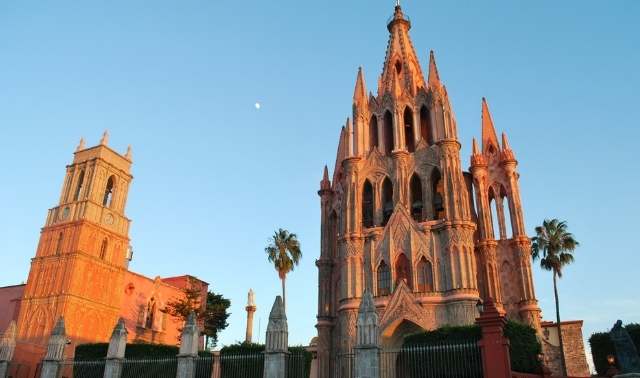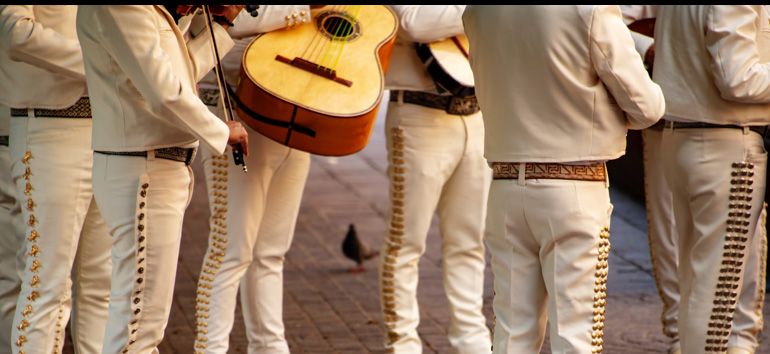Sign up for the Family Tree Newsletter Plus, you’ll receive our 10 Essential Genealogy Research Forms PDF as a special thank you!
Get Your Free Genealogy Forms
"*" indicates required fields
Once you’ve got a handle on your ancestors’ nombres, you can begin your journey into Mexican records. Until 1859, Roman Catholicism was Mexico’s only recognized religion, and it continues to dominate today. Before the advent of civil registration—government vital records—in 1859, the church was also the only authority recording life’s major events. Even for ancestral events after 1859, be sure to check church records as well as civil registrations.
Parish registers—known as registros parroquiales—include baptisms (bautismos), marriages (matrimonios), deaths (defunciones) and burials (entierros). The FHL has microfilmed most pre-1930 Mexican church records, which often include two or three generations of the familia.
To start searching church records, you need to know your family’s town and parish. Larger cities encompass multiple parishes, and sometimes records show up in adjoining parishes. You might even find your ancestors in the civil registration records of one town and in the church records of another. Be aware that administrative boundaries shifted frequently in Mexico—click here to see an animated map of the evolution of its territory.
You can find clues to your ancestors’ parish in old family letters and papers. US records such as naturalization documents and border-crossing records—available on FHL microfilm, Ancestry.com and Footnote—can help you determine your ancestral city or town. They also might contain the name and address of the nearest relative back in Mexico.
Having an idea of where your ancestor came from and a range of dates will help you search in FamilySearch’s Record Search. The collection includes baptisms, marriages and burials transcribed from Mexican parish records covering 1659 to 1905. Baptism records include name, birth date and place, plus both parents’ names. Marriage records have the groom’s name, age and parents, and the same information for the bride, as well as the marriage location and the couple’s residence. Burial records provide the name of the deceased, death date and place, and often information on spouse, parents and children of the deceased.
But don’t stop there: Check the FHL’s microfilmed church records to verify the extracted information and look for more genealogical gold. (If you don’t find an ancestor online, don’t give up on finding answers in parish records, either; you may just have to do some scrolling. Identify the microfilm you need by doing a Place search in the FHL catalog.)
The record entries on FamilySearch’s Record Search contain an FHL microfilm number as well as a batch number. The film number lets you order the correct roll through your local Family History Center. Use that batch number to find other family members and to navigate the huge pile of parish records. Knowing the batch numbers for your ancestor’s town in Mexico can take you to the right records even before you’ve found any individual ancestors. Find batch numbers using FamilySearch’s Vital Records Index for Mexico and International Genealogical Index (IGI) too. It’s worth checking all three, as each one gives you different results.
Besides double-checking original documents, seek out the premarital documents called información matrimonial (marriage information). These documents may go on for three or four microfilmed pages, including statements from the couple’s witnesses. If the bride and groom were related, you may find evidence for a dispensation (special permission), such as genealogical charts and data going back several generations.
Other church records worth seeking: confirmation registers (confirmaciones), ecclesiastical censuses, wills and testaments, and records of the Inquisition. Trial proceedings of the Inquisition can contain detailed genealogical information the accused provided to prove their pure Hispanic-Catholic origins. Try an FHL catalog keyword or place search to identify available microfilms.
A version of this article appeared in the January 2009 issue of Family Tree Magazine.
ADVERTISEMENT




